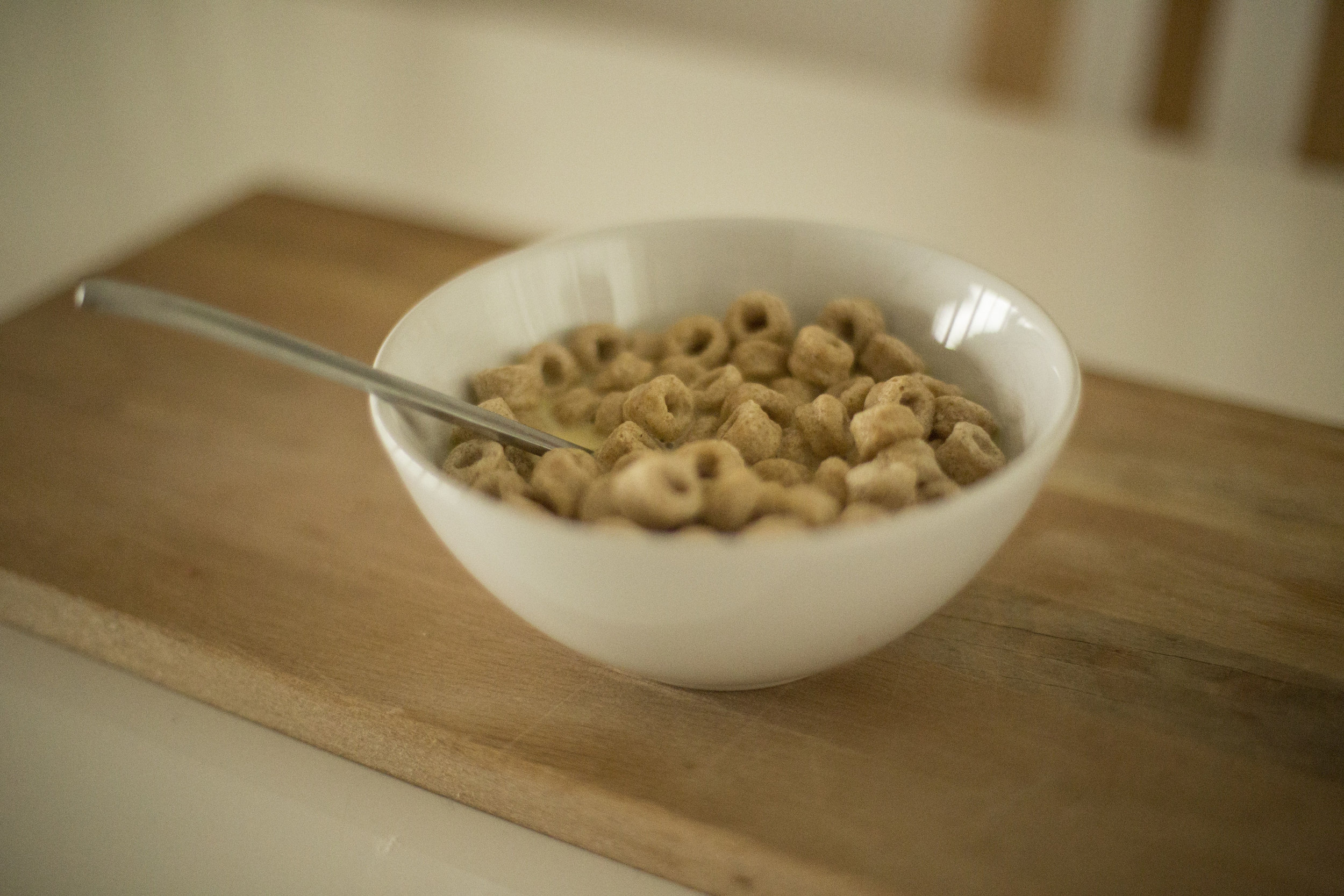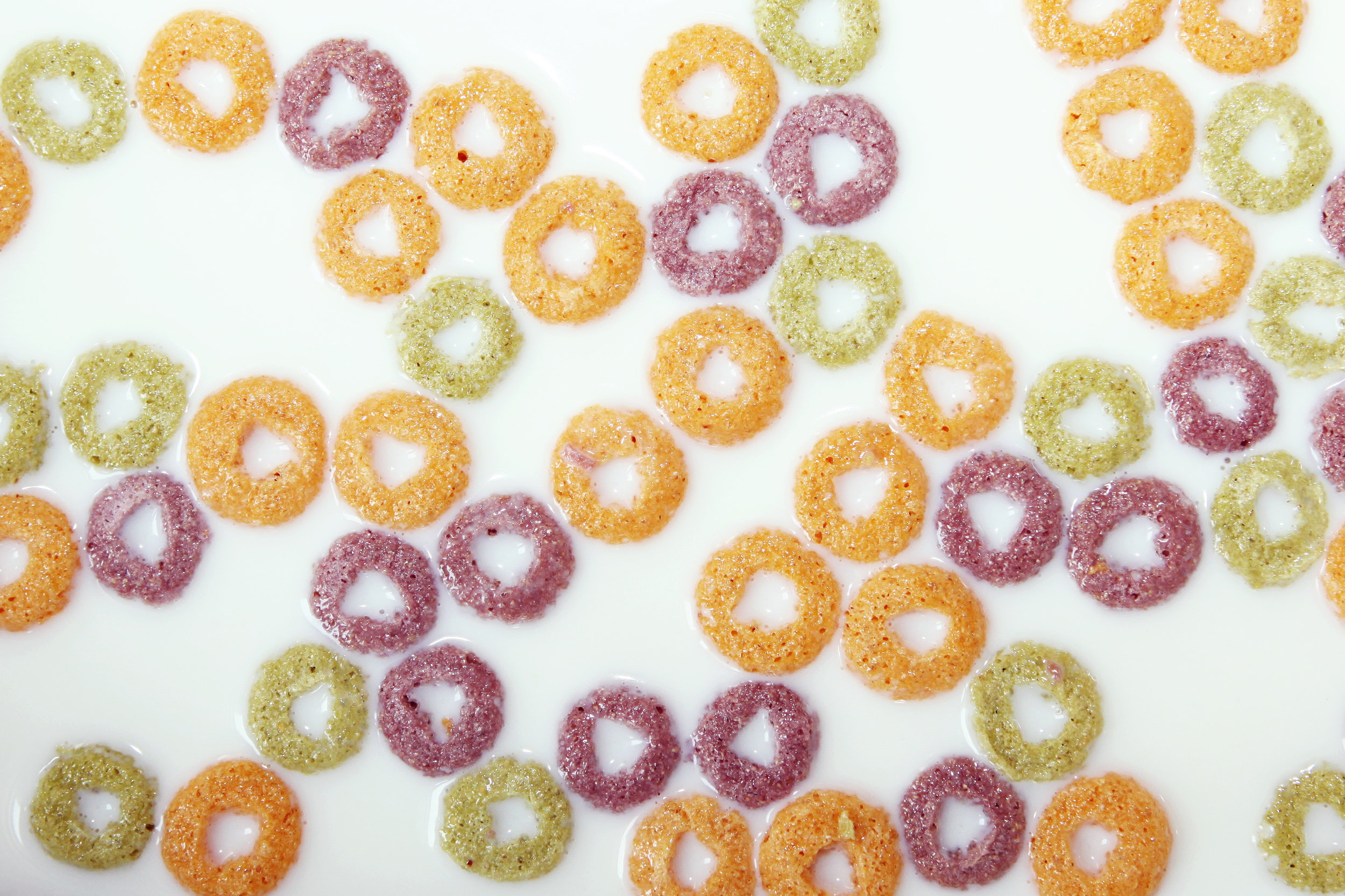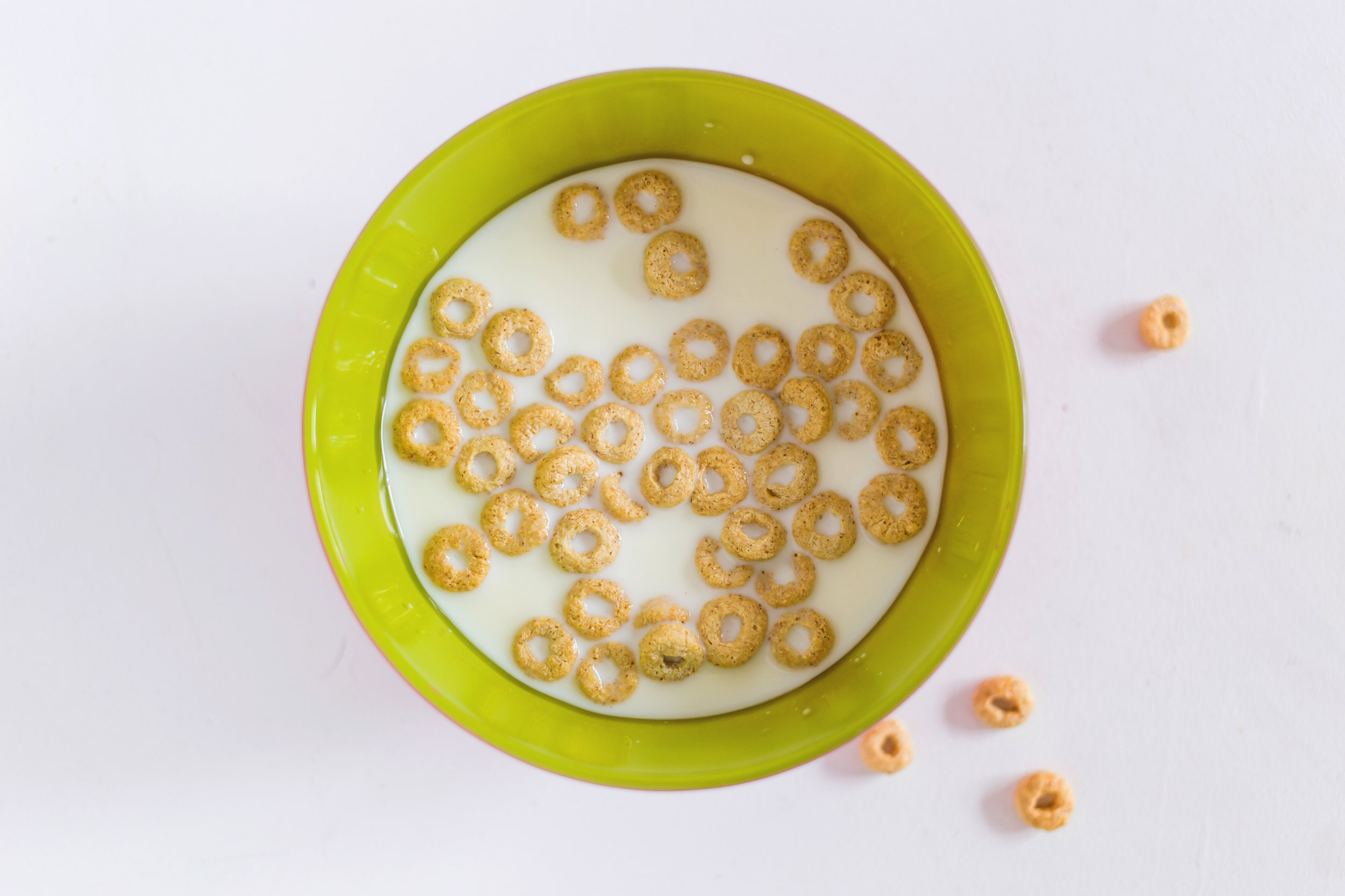Hands up mummas who have a FUSSY EATER!! I feel your pain....
Understanding that there are fussy eaters.....and then there are FUSSY EATERS. If you are not aware of my story, I had a very FUSSY EATER! I think my kid invented the term!
No amount of cognitive behavioural techniques worked, so much so that he was referred to a childhood psychologist at 15 months of age.....SAY WHAT!!! Over the years I've been to at least 5 pediatric dieticians to resolve the issue and NOTHING! Eventually it became clear his fussy eating was a symptom of a root cause, in his case, a very unbalanced gut microbiome and nutritional deficiencies. Once this was resolved.....MAGIC, the fussy eating was also resolved. You can read more that here.
Then the are kids, that are just fussy eaters because of a learnt behaviour and will easily respond to some cognitive behavioural techniques. This is the category that most children fall into.
One of the biggest take-aways in all of my years speaking to various professionals trying to resolve this issue for my son, was that as parents, it is our responsibility to choose what they eat, it is their responsibility to actually put the food in their mouth. Sounds so simple right, but I can tell you it was one of the hardest concepts to carry out when you are knee deep with a child that refuses to eat MOST things you provide, unless it was something on the the accepted child food list. What can I say is that when the root cause was resolved, the fussy eating also resolved and never to be seen again! What bliss that was.
So, how do you deal with kids that are fussy eaters due to learnt behaviours? These tips come from a culmination of working with various professionals trying to resolve the symptomatic behaviour. There were common threads from ALL of them.
Creative Solutions to problems.....
Here are some tips when dealing with a fussy eater, that is generally healthy otherwise:
- You provide the food and leave it up to them whether they choose to eat it or not. If they choose not to eat it, do not give any attention to it – that is exactly what they are looking for
- Let them know it’s their choice to eat or not eat, but there will be NOTHING else served up till the next meal or snack....which is typically 2.5-3hrs later, so they will not starve. They will probably be more inclined to eat at the next meal
- Get them involved in the meal planning and meal preparation. Such a pain I know, and I had so much resistance to this, but when they feel included in the decision making, they are more inclined to at least try the food
- Be a good example yourself and eat a varied nutritious diet
- Do not offer food as a reward, this sets up the wrong message early on about food
- Keep meal times as relaxed as possible, just know that after you have served the meal, your job is done. It’s now over to them to eat. It's a good time to practice gratitude for the day. If you feel you are being triggered by their resistance, come up with strategies how you will handle the irritation and anger. A gentle reminder again, once the food is on the table, your job is done!
- Serve food in buffet style, especially good for older kids – gives them a sense of control
- Trust their self regulation – they know when they have eaten enough and when they need more. We tend to kill this for them, by constantly coercing them to eat more, when in fact, they have just had enough. This really stung for me as I'm a recovering control freak..lol
Ways to improve nutrition :
- Smoothies - there is so much goodness that can be added to this drink;
- Wholefood super powders – this is one is my favourites from Nutra Organics
- Additional fats such as avocado, nuts, coconut oil and butter
- Ground up seeds such as sunflower or linseeds which are also great sources of essential fatty acids, zinc and calcium
- Berries – fabulous source of Vitamin C and anti-oxidants
- Clean protein powders. Another favourite of mine from Nutra Organics
- Hydrolysed gelatine for gut healing goodness
- Avoid serving fruit juices at meal times, these can act as a filler and serve empty calories. Water is best.
- Wholefood and variety is the biggest key
- Serve vegetables multiple ways. E.g My kids are not a fan of eating straight broccoli or cauliflower, but blitz it, tossed in olive oil with spices and it will happily be eaten. Don't give up, be creative
- Foods high in Vitamin C such as red and green capsicum, parsley, berries and cabbage. These foods will also aid the absorption of iron from foods.
- Overall, always try to incorporate a protein, fat and fibre at each meal.
If after doing all of the above consistently for a period of time and you are still concerned with your child’s health, then contact a qualified health practitioner to further assess. Remember, nobody knows your child like you do and go with your GUT instinct...pardon the pun :-).
I also offer 90 Min Nutritional Audits. The purpose of these sessions are to:
- Help you gain clarity for your health & wellness goals
- Identify potential roadblock & solutions
- Define a clear actionable plan for you to follow
- Recommend nutritional improvements based on a food diary review
- Any other quick wins, based on your Health & Wellness Goals.
If this is of interest, contact me to schedule your appointment.
Chantal is a Certified Nutrition & Wellness Coach that has a special interest in helping stressed and overwhelmed mums heal their children with wholefoods using a personalised wholistic step by step approach.













